The Xiaomi Mi 10T and the Mi 10T Pro are Xiaomi’s latest flagship-killer grade smartphones. By nomenclature, they succeed in the Mi 9T and the Mi 9T Pro, respectively. The Mi 10T duo gets a range of updates over the Mi 9T — rebranded Redmi K20 series — including the newer, more advanced, and 5G-enabled Qualcomm Snapdragon 865 mobile platform, a 20% larger battery, improved haptics, cameras with up to 108MP resolution, etc. But before you notice any of that adding vigor to the action, the first and the most glaring feature you’re bound to notice on the Mi 10T or the Mi 10T Pro is the new, larger, and smoother hole-punch display used on these devices.
Mi 10T Pro Hands-on Preview: 144Hz Screen is so Smooth
For Mi 10T and the Mi 10T, Xiaomi has chosen a 144Hz LCD that supports dynamic refresh rate switching. Their choice seemingly defies the common belief that AMOLED displays are better than LCDs, especially when we speak of flagships and flagship killers. Xiaomi challenges the notions about AMOLEDs’ qualitative superiority with claims about having tuned the color profiles of the display incisively. To justify these claims, they sling catchphrases such as DCI-P3, AdaptiveSync, and more, and we’ll be addressing the relevance of each of those in the sections below.

Before we begin, here is a quick comparison between the specifications of the Mi 9T and the Mi 10T Series:
| Specification |
Xiaomi Mi 9T/9T Pro |
Xiaomi Mi 10T/10T Pro |
| Dimensions & Weight |
- 156.7 x 74.3 x 8.8 mm
- 191g
|
- 165.1 x 76.4 x 9.33 mm
- Mi 10T: 216g
- Mi 10T Pro: 218g
|
| Display |
- 6.39-inch AMOLED
- 1080 x 2340
- 91.9% screen-to-body ratio
- Gorilla Glass 5
- HDR support
|
- 6.67″ FHD+ LCD
- 20:9 aspect ratio
- 144Hz refresh rate
- AdaptiveSync: 30/48/50/60/90/120/144Hz
- MEMC
- HDR10
- DCI-P3
- Punch-hole display
- Corning Gorilla Glass 5 on front and back
|
| SoC |
Mi 9T:
- Qualcomm Snapdragon 730
- 2 x 2.2GHz Kryo 470 Gold
- 6 x 1.8GHz Kryo 470 Silver
- Adreno 618 GPU
Mi 9T Pro:
- Qualcomm Snapdragon 855
- 1 x 2.84GHz Kryo 485
- 3 x 2.42GHz Kryo 485
- 4 x 1.8GHz Kryo 485
- Adreno 640 GPU
|
- Qualcomm Snapdragon 865:
- 1 x Kryo 585 (ARM Cortex-A77-based) Prime core @ 2.84GHz
- 3 x Kryo 585 (ARM Cortex-A77-based) Performance core @ 2.4GHz
- 4 x Kryo 385 (ARM Cortex A55-based) Efficiency cores @ 1.8GHz
- Adreno 650 GPU
|
| RAM & Storage |
- Mi 9T:
- 6GB LPDDR4X /64GB UFS 2.1
- 6GB / 128GB
- Mi 9T Pro
- 6GB LPDDR4X /64GB UFS 2.1
- 6GB/128GB
- 8GB/128GB
- 8GB/256GB
|
- Mi 10T:
- 6GB LPDDR5 + 128GB UFS 3.1
- 8GB + 128GB
- Mi 10T Pro:
- 8GB LPDDR5 + 128GB UFS 3.1
- 8GB + 256GB
|
| Battery & Charging |
- 4000mAh
- 27W fast charging support
- 18W fast charger in the box
|
- 5000mAh
- 33W fast charging support
- 33W fast charger in the box
|
| Security |
- In-display fingerprint scanner
- AI Face Unlock
|
- Side-mounted fingerprint scanner
- AI Face Unlock
|
| Rear Camera(s) |
- Primary: 48MP Sony IMX586, f/1.75
- Secondary: 13MP 124.8° wide-angle sensor, f/2.4
- Tertiary: 8MP 2X telephoto sensor f/2.4
Video:
-
- Mi 9T: 4K video recording @ 30fps
- Mi 9T Pro: 4K video recording @ 60fps
|
- Primary: 108MP, f/1.69, 1/1.33″ sensor, OIS
- Secondary: 13MP, ultra-wide angle, f/2.4, 1.12µm pixel size, 123° FoV
- Tertiary: 5MP, macro, f/2.4, 1.12µm pixel size
Video:
- 8K @ 30fps
- Dual Video modes: Vertical, Horizontal, PiP
|
| Front Camera(s) |
20MP, f/2.2, 1/3.4″ sensor, 0.8µm pixel size |
20MP, f/2.2, 1/3.4″ sensor, 0.8µm pixel size |
| Port(s) |
USB Type-C |
USB Type-C |
| Audio & Vibration |
- Single Speaker
- Hi-Fi DAC
- 3.5mm headphone jack
|
- Dual Speakers
- Hi-Res Audio certification
- X-axis linear vibration motor
|
| Connectivity |
- Bands:
- LTE FDD: B1/3/5/7/8/20/28
- LTE TDD: B34/38/39/40/41
- WCDMA: B1/2/5/8
- GSM: B2/3/5/8
- 2 ×2 MIMO
- Wi-Fi 5
- NFC
- Dual-band GNSS
|
- Bands:
- 5G: n1/n3/n7/n8/n20/n28/n38/n41/n77/n78
- LTE FDD: B1/2/3/4/5/7/8/20/28/32
- LTE TDD: B38/40/41
- WCDMA: B1/2/4/5/8
- GSM: B2/3/5/8
- 4×4 MIMO
- Wi-Fi 6
- NFC
- Dual-band GNSS
|
| Software |
Updated to MIUI 12 based on Android 10 |
MIUI 12 based on Android 10 |
| Other Features |
|
- IR Blaster
- Splash-proof protection
|
Note: For this review, Xiaomi India loaned us a pre-retail unit of the 8GB/128GB variant of the Mi 10T Pro. I have used the device for almost five days before writing this article.
I must remark that the vision and the perception of quality, as well as the color of a display are subjective. Therefore, instead of critically assessing the Mi 10T Pro’s display in isolation, I will also be relying majorly on comparing with the Redmi K20 Pro (which is rebranded as the Mi 9T Pro for the European market). For tangible comparison and conclusions, I’m using the free version of the Display Tester app that features a horde of qualitative tests to analyze the display on any Android device.
Display Tester (Free, Google Play) →
Meanwhile, I must also point out while setting up the Mi 10T Pro initially, the display felt as good to me as an AMOLED display in terms of color accuracy and saturation despite being aware that it is an LCD. Irrespective of that, I have taken ample precautions to prevent my first impressions from influencing my analysis of the display.
Brightness on Xiaomi Mi 10T Pro vs Mi 9T Pro
LCD and AMOLED displays operate quite differently. An LCD uses a backlight as its only source of light compared to an AMOLED display on which individual pixel lights up to show different colors. An LCD comprises many more layers than an AMOLED, and that typically leads to LCDs having lower brightness than OLED or AMOLED displays.

Layers in LCD vs AMOLED displays; Source: LG Chem
As per Xiaomi’s official listing, the Mi 10T series devices have a typical brightness of 450nits, which can peak to up to 600 nits with the sunlight mode. On the other hand, the Mi 9T’s AMOLED display is officially claimed to have a typical brightness of 430nits, peaking to 650nits under strong sunlight.
Although both displays are fairly bright and legible — even under a strong light source, the Mi 9T Pro’s AMOLED display feels much brighter than the Mi 10T Pro’s LCD. To quantify this, I used the Lux Light Meter Free app on the Samsung Galaxy Note 20 Ultra (which is one of the finest smartphones I’ve used lately, as mentioned in my review) and noted the brightness values (in lux) by holding the Note 20 Ultra’s ambient sensor against the display of both the smartphones. For more accuracy, I took three readings per device and then estimated the mean value. Besides, I also took the readings from a distance of ~5cm from the smartphones in a pitch dark room for an affirmative conclusion.
 Lux Light Meter Free (Free+, Google Play) →
Lux Light Meter Free (Free+, Google Play) →
In the first test, the app measures the brightness of the Mi 10T Pro’s display to be 561lux (179nits). The Mi 9T Pro, on the other hand, yields a much higher brightness of 1142lux (364nits). Of course, since the values are measured using a smartphone’s ambient light sensor, they cannot be treated as absolute values. However, we can — very conveniently — use them for comparison. Based on these values, the Mi 10T Pro’s LCD comes out to be only half as bright as the Mi 9T Pro’s AMOLED.
For the second test, the ambient brightness value of the Mi 10T Pro’s display is 411lux (130nits), whereas the brightness of Mi 9T Pro’s display is measured to be 830lux (264nits). The Mi 10T Pro, once again, is left behind by a margin of over 100%. As we go farther away from the phones, a similar factor of approximated two times more brightness with the Mi 9T Pro is observed compared to the Mi 10T Pro while measuring their brightness values from distances of 1ft and 2ft. The methodology isn’t fool-proof, but it satisfies our requirement of quantifying the displays’ brightness — although with a reasonable margin of error.
For a more visual and relatable comparison, you can see the images below. The image below is taken with the brightness on both devices set to 100% on both phones.

Mi 10T Pro on the top while Mi 9T Pro on the bottom at 100% brightness
Quite evidently, the Mi 9T Pro’s AMOLED display appears brighter than the LCD on the Mi 10T Pro. But at the same time, we see that the LCD has a more uniform color throughout the display. The LCD’s white color also has a closer-to-neutral color temperature than the AMOLED display.
To examine further, we will be taking a few more tests from the Display Tester app into consideration — starting with the Contrast tests. For all of the following tests, the “Auto” Color Scheme has been selected on the smartphones’ Display Settings. This is the default option that both of these devices ship with. While you get the option to change the white balance on both devices and even tweak values of RGB, Hue, Saturation, Contrast, and Gamma on the Mi 10T, most of the users are unlikely to fiddle with those settings.
Contrast on Xiaomi Mi 10T Pro vs Mi 9T Pro
AMOLEDs typically offer more contrast as compared to LCDs. Contrast ratio, which is expressed as the ratio of the luminescence (or the brightness) of the brightest pixels of the display to those of the darkest, is often used for advertising the accuracy of details produced by TVs and displays. On AMOLED displays, the color black is presented by turning off pixels, and this is why we often hear about AMOLEDs presenting the “true black” color. This allows the contrast ratio of AMOLED displays to tend to a significantly high value as compared to LCDs.

Deeper blacks on the Mi 9T Pro (right) vs grayish-black on the Mi 10T Pro (left)
In practical usage, high contrast or a contrast ratio means a clearer distinction between parts of the screen. Besides the fact that AMOLED displays are usually brighter than LCDs, as we saw in the section above, the former can also get much dimmer, and therefore, allow better readability in low lighting.
On paper, the Mi 10T and the Mi 10T Pro have a contrast ratio of 1500:1, whereas the Mi 9T series has a much higher contrast ratio of 60000:1.


Mi 10T Pro (top) vs Mi 9T Pro (bottom) at 10% and 1% brightness on a black screen
Despite this variance in the quantitative values, both smartphones do not show any significant difference in terms of the quality of any content. In fact, the Contrast test from the Display Tester app reveals that the Mi 10T offers a much better distinction between different colors at low brightness.

Mi 10T Pro (top) with better contrast than the Mi 9T Pro (bottom) towards darker hues
However, HDR content appears much better on the Mi 9T series because the black portions on the LCD appear gray, leading up to a hazy appearance.
Overall, the higher contrast allows bright shades of colors to pop out, especially dark colors dominate the frame. For instance, the visuals of a well-illuminated city or fireworks at night will appear better on the Mi 9T Pro than on the Mi 10T Pro’s display.
Color Saturation on Xiaomi Mi 10T Pro vs Mi 9T Pro
AMOLED displays are typically known to offer deeper and more saturated colors. However, saturation does not translate to accuracy, and Xiaomi has big claims regarding the latter. They claim that the Mi 10T Pro covers 98% colors of the DCI-P3 and 96% of the NTSC color gamuts. Besides, The Mi 10T Pro is claimed to have a Delta E value (∆E is the difference between real-life colors and the ones produced by the display; lower is better and 0 is the best) of 0.63.
In a real-life comparison with the Mi 9T Pro’s AMOLED display, the LCD on Mi 10T Pro offers more distinction between adjoining colors. The different boxes for each of the colors in the Display Tester app’s Saturation test are slightly more distinguishable on the Mi 10T Pro than the 9T Pro.

Overall, the colors on the Mi 9T Pro appear overblown. While this artificial oversaturation may appear fascinating to the eyes, they do not represent true colors. That becomes especially evident when you look at any pictures clicked with the phone or watching some content that portrays nature.
Refresh Rate: 144Hz LCD vs 60Hz AMOLED
The Mi 10T series takes a significant lead against the Mi 9T in terms of refresh rate — or the frequency at which each pixel of a display is updated or refreshed. The Mi 10T/10T Pro gets a 144Hz display, which means it refreshes every ~7ms, which is more than twice as fast as the ~16.7ms taken by the standard 60Hz display on the Mi 9T duo. As a result of more frequent refreshing, animations and transitions on the Mi 10T Pro’s display appear much smoother and fluid than the Mi 9T, which leads to a more enjoyable experience while gaming on the smartphones. A 144hz refresh rate implies that the display can process and present videos or game-related content at 144 frames per second (fps) without lagging. And before you ask, here are all the Android games that support gameplay at 120fps or higher.
While the 144Hz refresh rate is in itself a major advantage, especially for gaming enthusiasts, the Mi 10T devices also support AdaptiveSync. The Mi 10T’s screen supports variable refresh rates and can adjust it based on the content that is being displayed. The refresh rate values supported by the display include 30Hz, 48Hz, 50Hz, 60Hz, 90Hz, 120Hz, and 144Hz. By synchronizing refresh rate with the frame rate of the content (or in multiples), the Mi 10T Pro eliminates any instances of screen tearing or visual artifacts. To learn more, read our explainer on the relevance of refresh rate on smartphone displays.

The “Adaptive” bit comes in play when the display smartly adjusts to the frame rate based on the content instead of applying a blanket rule per-app as the Galaxy Note 20 Ultra does. For instance, a movie shot at 24fps will invoke a frame rate of 48Hz, whereas a TV show shot at 25fps will cause the display to refresh at 50Hz, and the Mi 10T can work at different refresh rates within the same video content app — say Netflix.
Besides cost, AdaptiveSync is one of the primary reasons that Xiaomi has opted for an LCD instead of an AMOLED. A manufacturer must tune the display color profiles and gamma values for different refresh rates, and achieving this with an LCD is much easier than an AMOLED. This becomes more imperative to ensure the Mi 1oT Pro’s display switches refresh rate seamlessly between different apps or forms of content without any visible alteration in the color output. This also gives it an advantage over devices like the OnePlus 8T which, despite their 120Hz refresh rates, can only operate at fixed refresh rate values such as 60Hz, 90Hz, and 120Hz.
It is worth noting that Xiaomi’s AdaptiveSync differs from active sync features used by GPU manufacturers like NVIDIA. The latter allows supported displays to adjust the display’s refresh rate precisely to match the content’s frame rate in real-time. For example, if the game switches from 80fps to 65fps (due to a change of scene or processing incapabilities), the refresh rate of a display with NVIDIA’s VSync support will automatically lower from 80Hz to 65Hz in real-time. However, this is not supported on any smartphone other than the flouted first-gen Razer Phone from a couple of years ago.
Conclusion: Accuracy and Smoothness trumps Saturation and Contrast
The Mi 10T Pro is a competent smartphone, and the 144Hz AdaptiveSynch LCD makes it an excellent choice, especially for gaming — if you can wrap your head around Xiaomi’s confusing naming scheme. As opposed to OnePlus’ upgrades, Xiaomi’s T upgrades usually fare below the original numeric series i.e. Mi 9 was a better phone than Mi 9T/9T Pro, and the same applies when you compare the Mi 10 and the Mi 10 Pro with the Mi 10T and the Mi 10T Pro respectively. On top of that, while Redmi K20 and Mi 9T series are identical, Redmi K30 and Mi 10T are different devices — the non-Pro and the Pro variants in the former have been rebranded as POCO devices for markets outside China. Simultaneously, the Mi 10T has also come to be known as Redmi K30S in China as part of Xiaomi’s efforts to branch marketing and sales into the Xiaomi, Redmi, and POCO brands.

Looking at the display, the Mi 10T Pro definitely feels like a legible upgrade over the Mi 9T Pro but with minor compromises in terms of screen brightness and contrast. To redress those shortcomings, Xiaomi relies on a color-accurate, fluid, and much smoother user experience.
Xiaomi Mi 10T & 10T Pro XDA Forums
We will follow this display review up with a smoothness and gaming review soon so make sure you come back for that.
What do you think is better — 144HZ color accurate LCD or a 60Hz bright AMOLED? Share your thoughts in the comments below.
The post The Xiaomi Mi 10T Pro is proof that a great LCD is better than a good AMOLED appeared first on xda-developers.
from xda-developers https://ift.tt/3kG5ZIB
via
IFTTT
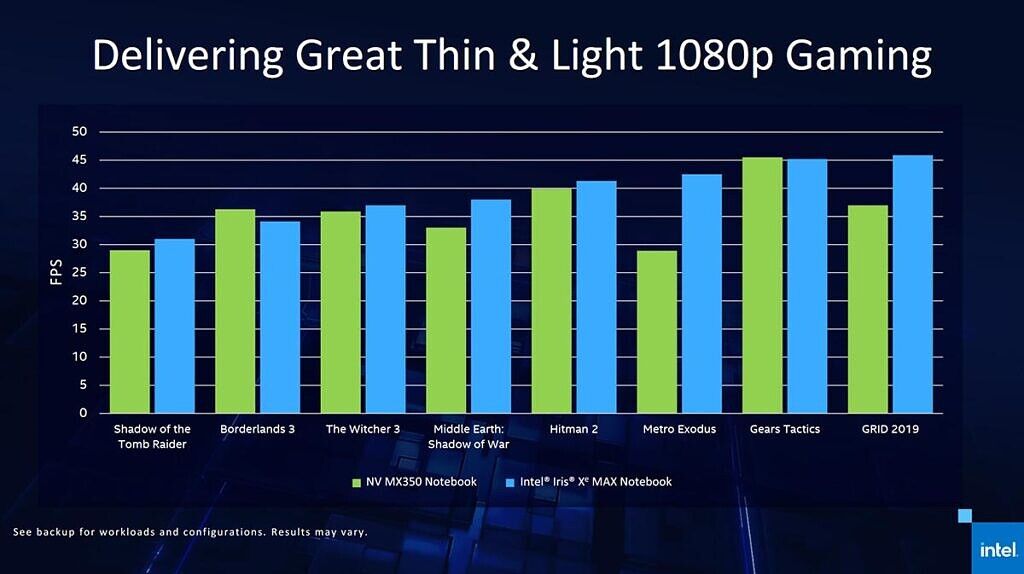












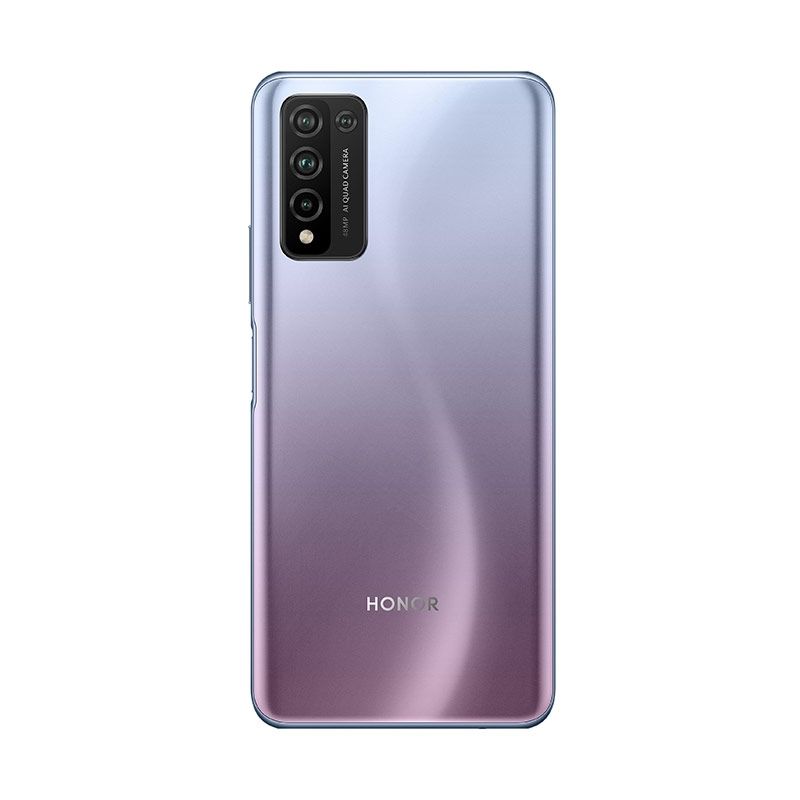
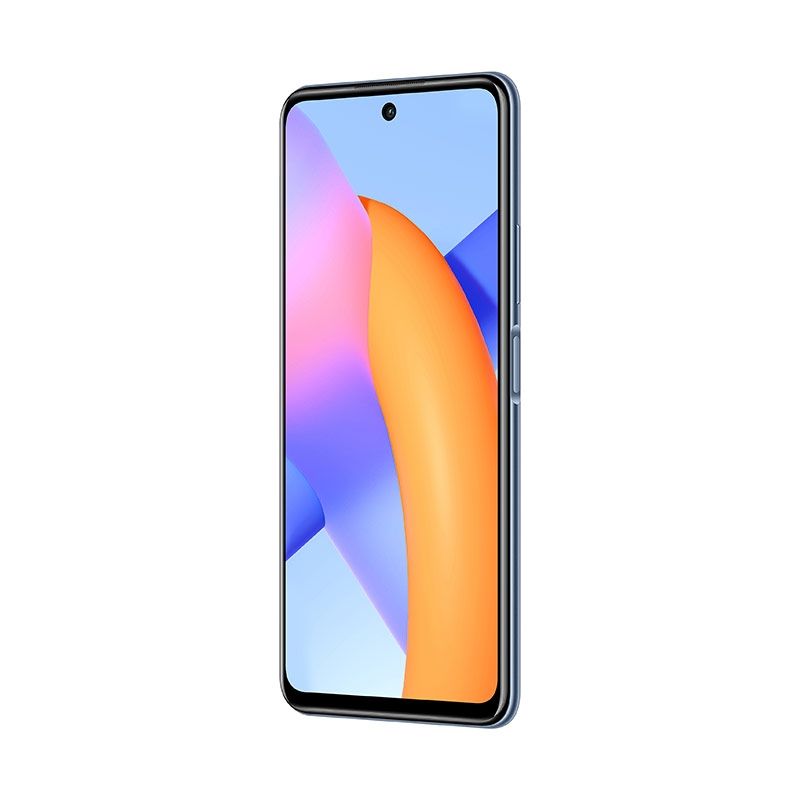



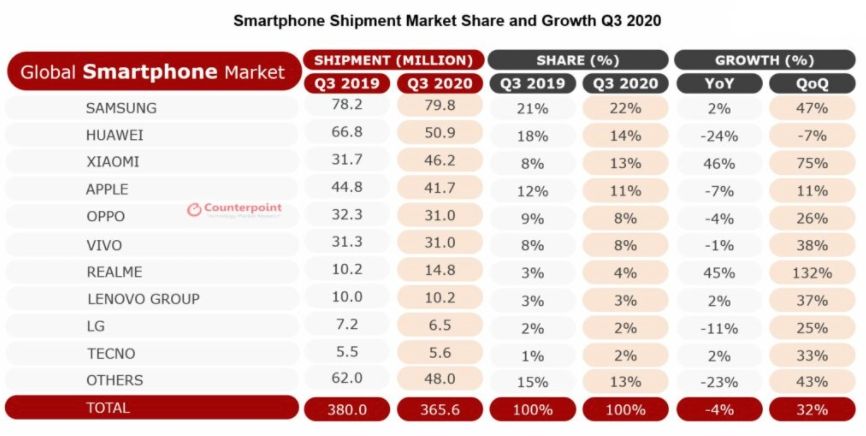



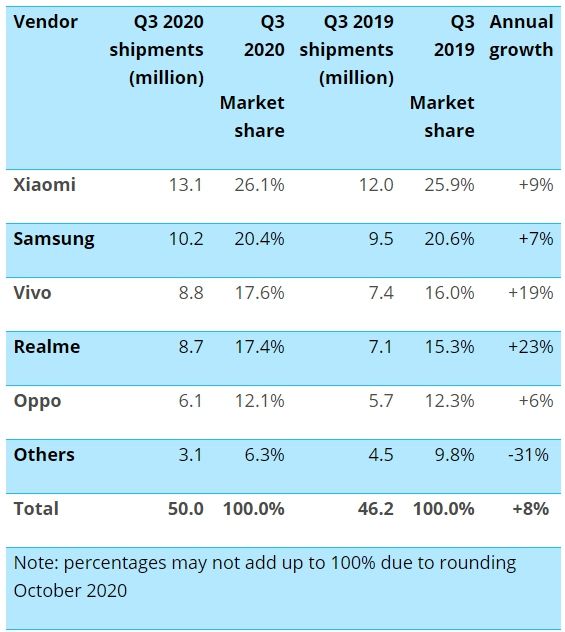




 Lux Light Meter Free (Free+, Google Play) →
Lux Light Meter Free (Free+, Google Play) →








